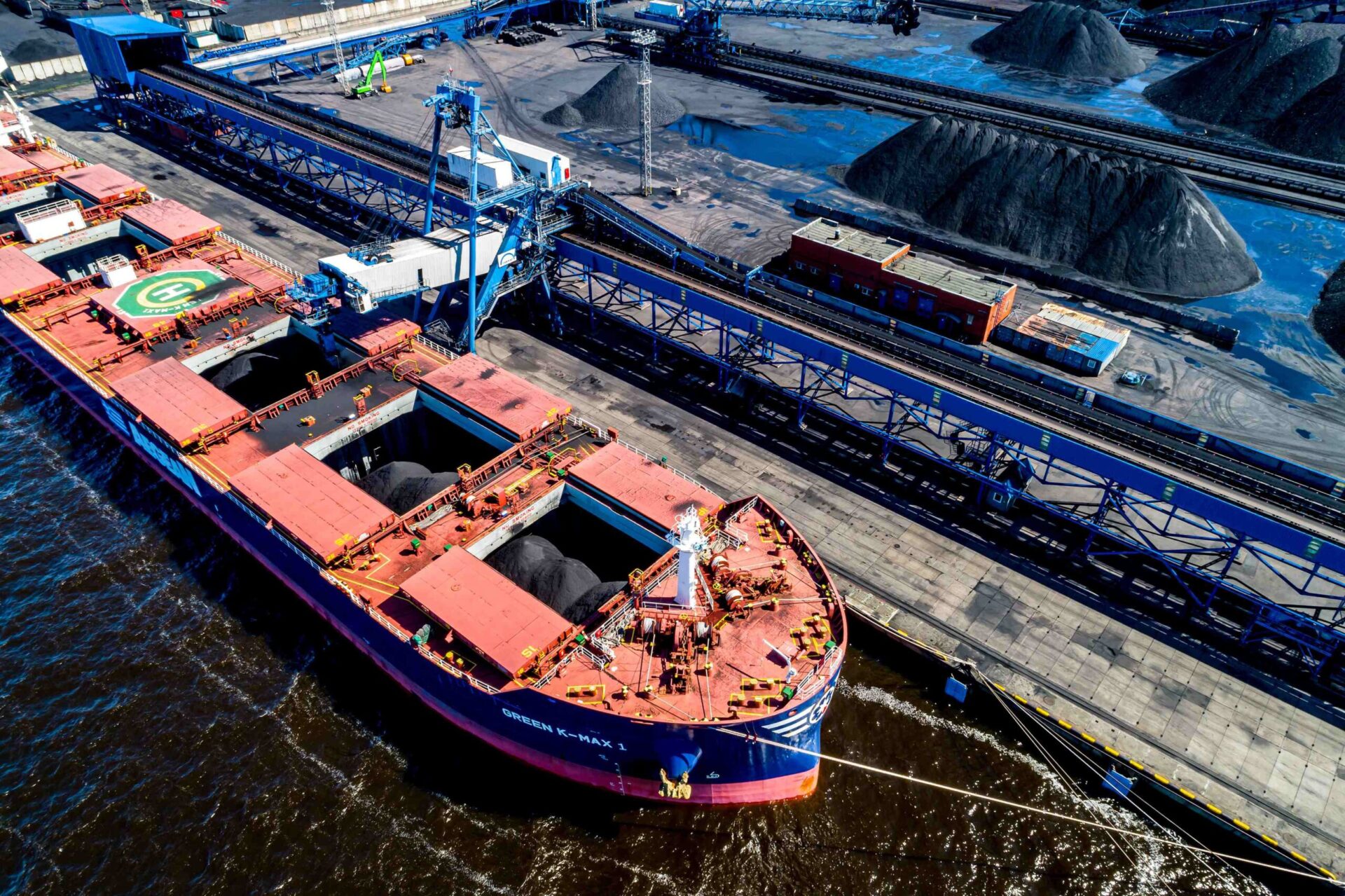

In H2 2024, the global market is expected to run short of Russian High-CV coal as exports continue to decline. In January-June 2024, Russian coal exports plunged to 99 mio t (-9.5 mio t or -8.8% vs. H1 2023).
The drop in export supplies is attributed to critical logistical issues, as well as international sanctions, depressed global prices and high production costs, forcing most producers to export coal at zero or negative margins.
Because of the railway restrictions on all export routes, Russian coal volumes were sold out until September-October 2024.
Supply of Russian coal in the ports of Far East, as well as at sea terminals in the North-West and South significantly shrank during the last two months, resulting from limited rail shipments.
Russian coal export deliveries to Far East ports have been falling rapidly due to active railroad modernization and scheduled seasonal maintenance on the Eastern range.
The drop in shipments to the ports of Russia’s South was caused by intensive seasonal passenger traffic on the route and shortage of trains. Coal shipments to southern ports, including the port of Taman, are sharply declining. RZD approved 3.2 mio t of coal shipments to southern ports for July, but exporters expect less than half of the planned volumes to reach the ports because of RZD’s rail restrictions.
Coal availability at southern ports is limited, as Taman received only half of the planned tonnages of 1 mio t in June, including thermal and coking grades. In addition, Taman lifted coal transshipment rates, and some exporters may once again consider temporary suspension of coal deliveries to the terminal, which will further boost coal shortages in the market.
Northwest ports are also seeing tight coal availability as rail supplies were significantly reduced resulting from a shortage of railcars and locomotives. In July, Russian Railways (RZD) approved 5.9 mio t in this direction, compared to 7.7 mio t agreed in June.
Despite growing demand in Turkey and India, Russian coal companies have to refuse export deliveries and sign new contracts because of the inability to secure coal exports to ports. For this reason, Russian exporters did not participate in the latest Turkish tender.
Several Turkish energy companies, planned to purchase Russian High-CV coal at an indicative price of no less than 103 USD/t CIF Turkey, but were unable to get an offer as all the material was sold out until September-October this year. Many consumers complained about the lack of Russian coal tonnages on the spot.
Meanwhile, falling hydro generation in Turkey and India is spurring demand for imported coal amid hot weather and rising power consumption. Also in early July, India’s power ministry extended until Oct. 15 an order directing power companies to boost coal imports and power generation.
Furthermore, Colombian coal supplies have been limited by heavy rains in Colombia, which are affecting Drummond’s coal production. It is expected that Colombian miners may face even heavier showers this year.
The increased demand is contributing to positive market sentiment, which could lead to higher prices, especially given the growing shortage of Russian High-CV coal on the market. At the same time, logistical issues remain one of the key limiting factors for Russian exporters.
Source: CCA Analytics













